International Standards:
- ASME B16.9(U.S. Standard):Class 150, 300, 600, 900, 1500, 2500
- EN 10253-1/2(European Standard): PN6 to PN100.
- JIS B2311(Japanese Industrial Standard):5K to 40K
- GOST 17375-2001(Russian/CIS Standard): 0.1 MPa to 25 MPa
- SABS 1123(South African Standard): PN6 to PN25.
- DIN 2605 : PN6 to PN40.
- BS 1965(British Standard): PN6 to PN40.
Pros:
- Directional Flexibility: Enables precise routing of pipelines around obstacles or equipment.
- Reduced Pressure Drop: Smooth curvature (long-radius elbows) minimizes turbulence and energy loss.
- Versatility: Available in multiple angles (45°, 90°, 180°) and radii (short-radius, long-radius).
- Material Options: Compatible with carbon steel, stainless steel, alloy, and plastic materials.
- Ease of Installation: Butt-weld, threaded, or socket-weld ends simplify integration into pipelines.
Cons:
- Space Requirements: Short-radius elbows may not fit tight spaces; long-radius elbows require more room.
- Cost: Seamless elbows (e.g., ASTM A234) are costlier than welded or stamped alternatives.
- Stress Concentration: Sharp bends (short-radius) can increase stress at the inner curve.
- Corrosion Risks: Welded elbows may corrode at seams in aggressive environments.
- Pressure Limitations: Threaded elbows are unsuitable for high-pressure systems.
Description
An Elbow is a pipe fitting used to change the direction of a pipeline, typically at angles of 45°, 90°, or 180°. It is essential for routing pipes around obstacles, adjusting flow paths, or connecting equipment in complex piping systems. Elbows are manufactured in seamless or welded forms, with materials ranging from carbon steel to stainless steel, depending on the application. #Long Radius Elbow (LR Elbow) #Short Radius Elbow (SR Elbow) #SCH
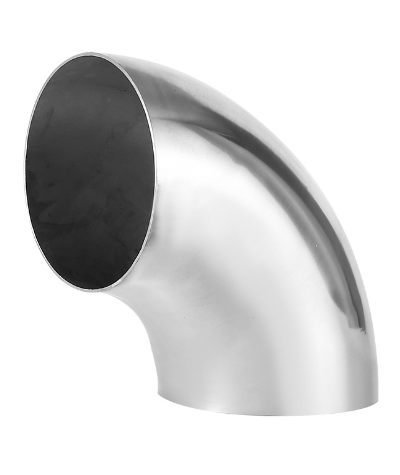


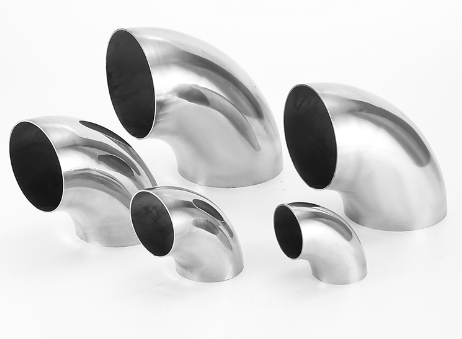
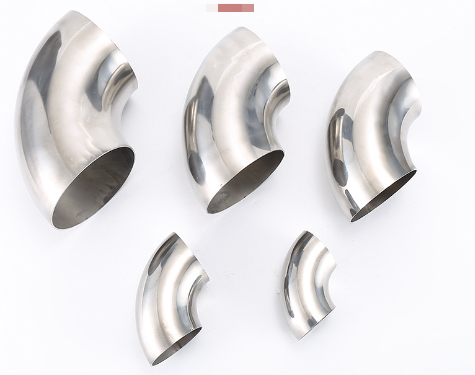
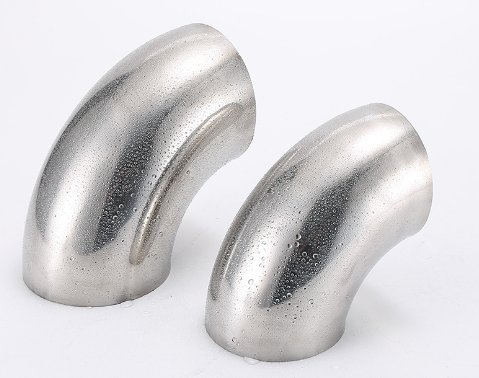
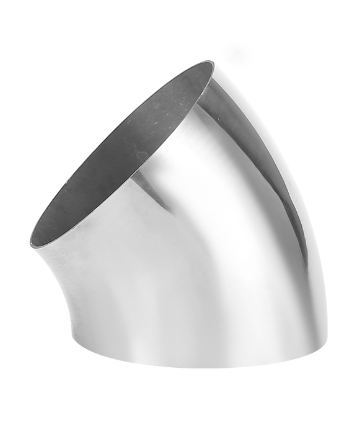



Alexander –
Internal polishing meets potable water system standards. Suggest adding Ra≤0.8μm options. Technical team provided free bolt torque calculation charts for installation.